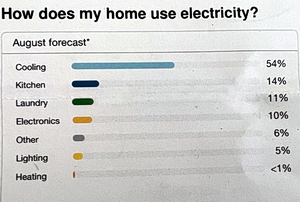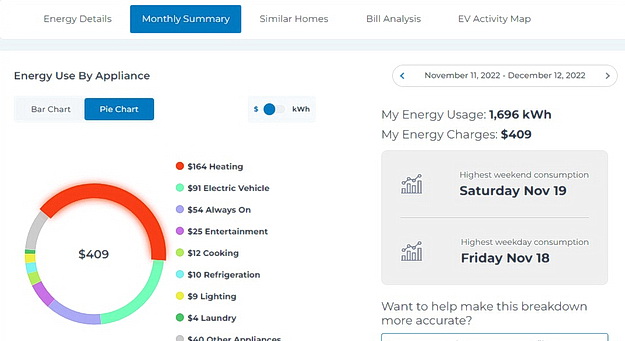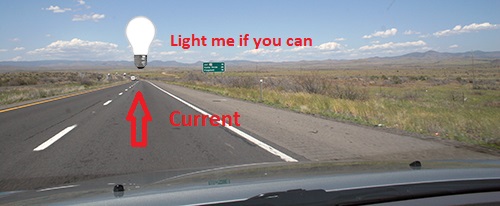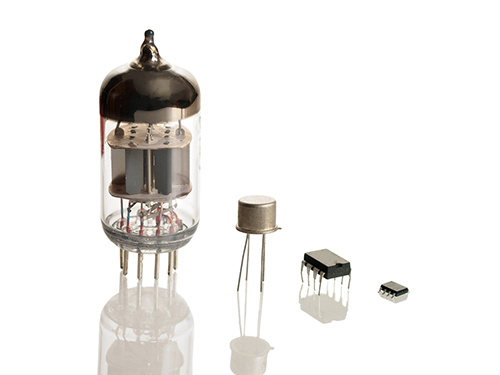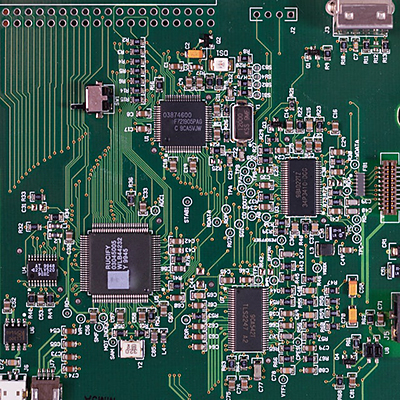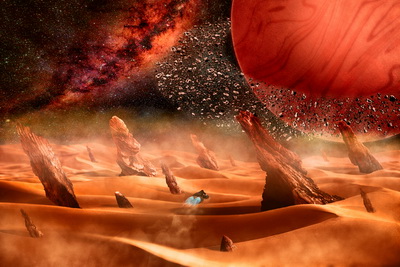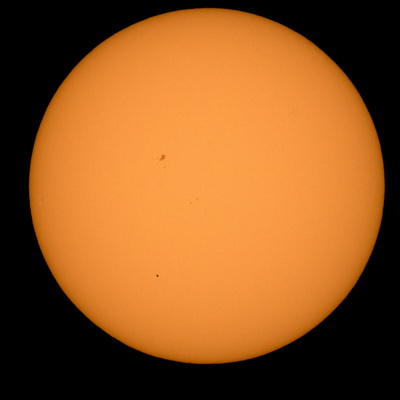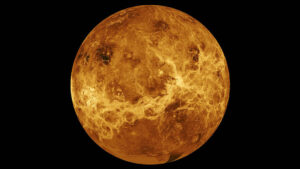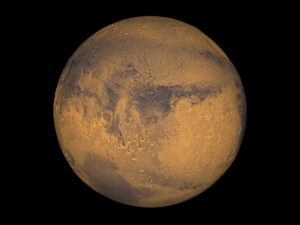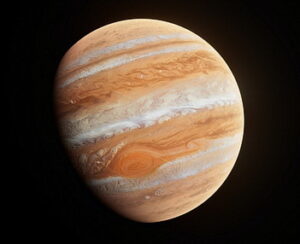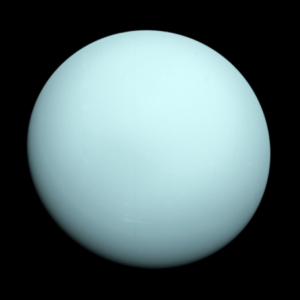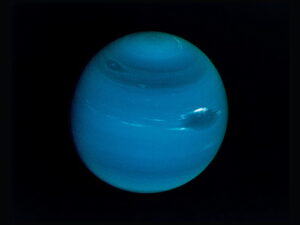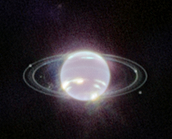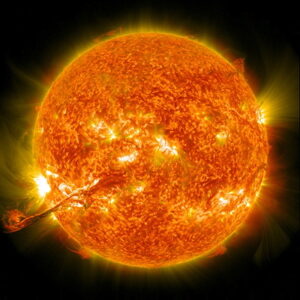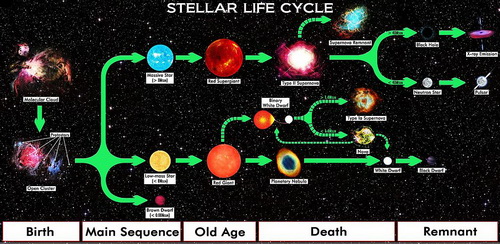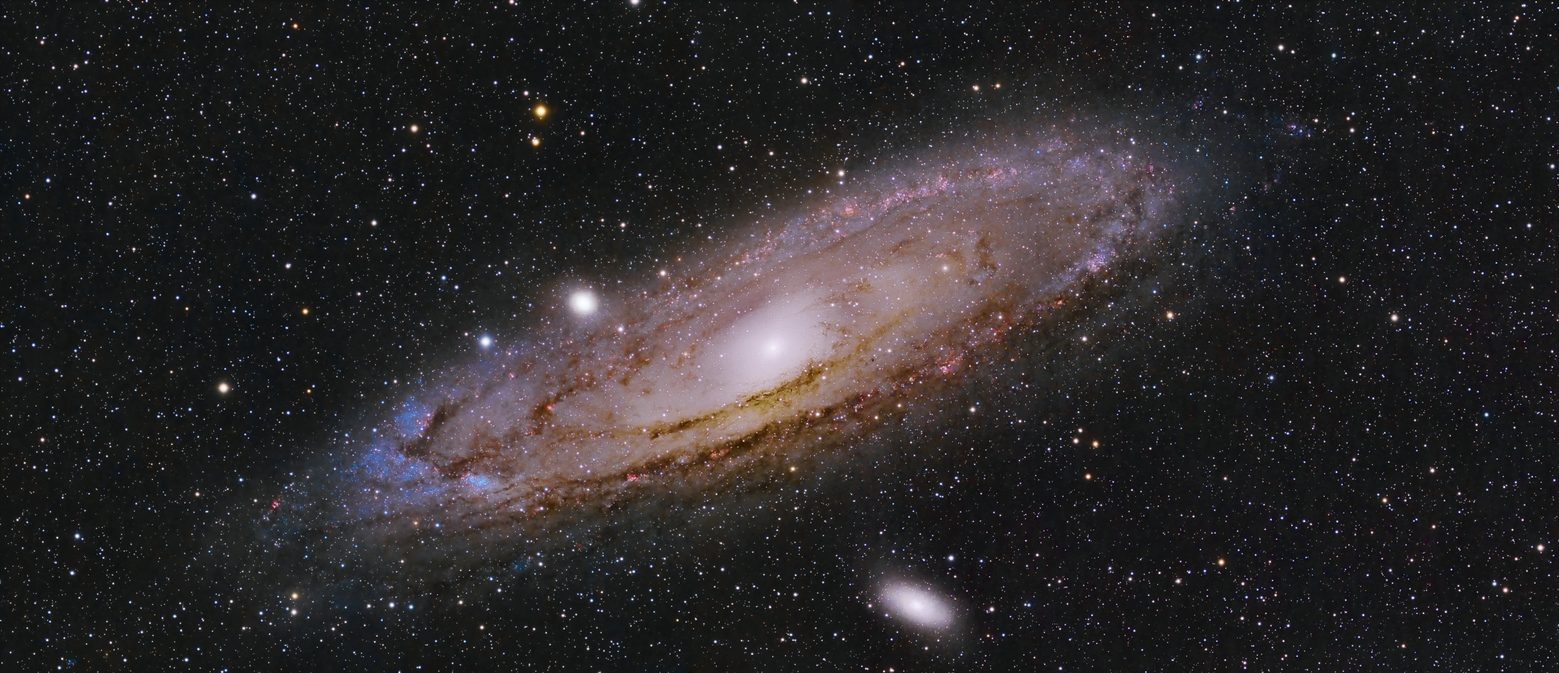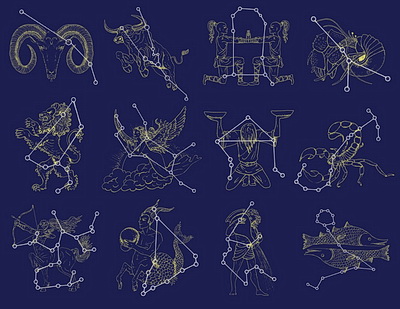
Note: If you want to bypass the calculations below and go directly to the actual costs of charging an EV against today’s gas prices, go to our Costs of Charging an EV in this article.
2023 Update
PSEG is now providing the monthly costs for home charging. Below is an example of a real Long Island homeowner’s EV statement from PSEG.
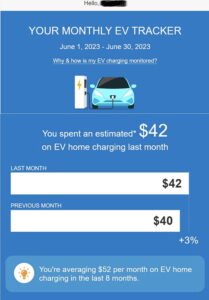
Why Electric?
There are a number of benefits of driving an electric vehicle (EV). One is the cost savings on gas. The other is the environment. We will concentrate on the former now and will talk about the environment in a separate article.
Before we start discussing how EV costs are calculated, make sure you have read our articles on the atom, electric current and Units of Power and How They are Related to Electricity so that you will be able to keep up with our cost calculations that involve knowledge about watts and kilowatts, but if you haven’t, no worries. You can skip to the bottom to get our estimate of EV electrical costs when charging from the home, or just read the review below.
Review
Here’s a brief overview for those who didn’t read the articles mentioned above.
-
- Electrons are subatomic particles (one of the entities within an atom) that travel through the wire when power is applied (the wire is attached to an electrical socket). This is known as electrical current and is referred to in units of amps. More on this here.
- Voltage is the force that pushes the electrons through the wire. Similar to turning on the pressure of a water faucet.
- Current usually flows through a copper wire which is the conductor and the wire is covered by an insulator (rubber packaging around the wire so that the copper is not bear).
- Resistance is the opposition to the current (electrons) that is flowing in an electrical circuit. Think of it as the friction that brushes along the side of the current.
- A watt is the energy (power) that runs the electric device. It is a product of how much electrical current is running and how much voltage (push) is occurring. It is determined by multiplying the voltage times the current. The formula is E=IR (E=voltage, I=current, and R=resistance).
- A kilowatt is 1000 watts (kW).
- A kilowatt-hour (kWh) equates to 1kw that runs a device for 1 hour.
Example: If you run an air conditioner for one hour and that air conditioner uses 70 kilowatts of electricity per hour, then you have used 70 kilowatts of electrical energy for that hour. If you run the air conditioner for two hours, you would have used up 140 kilowatts of energy.
Most EVs, with the exception of the high-end luxury ones, have batteries that consist of a 60-65kWh capacity. Sparing you the formula, a battery of this size will equate to about 260 miles after a full (100%) charge.
Note: Most EVs are set to charge to 80% only. Constant charging to 100% diminishes the battery’s lifetime. 80% of a 65kWh battery equates to about 230 miles.
How Do Kilowatts Relate to Electrical Costs?
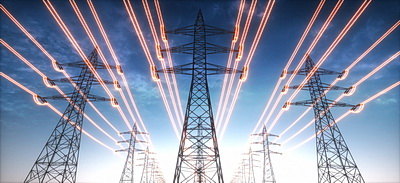
Conventional Gas Cars
We will use a 2021, 4-cylinder Nissan Altima as our example.
Gas tank size: 16.2 gals and MPG: 31 average.
If we multiply 31 miles/gals * 16.2 gals, we can determine the total mileage that this car can run on a full tank of gas, which is 502 miles.
As of this writing, the price for a gallon of gas is $5.00 on average across the United States. So $5.00 * 16.2 gallons (a full tank) equals $81 to fill up.
Electrical Vehicles

For EVs, we calculate units per mile instead of MPG. For this example, we will use a 2020 Kia Niro EV, which is a fully electric vehicle and contains a 65kWh battery.
As mentioned, the industry standard for charging a 65kWh EV to 80% is about 230 miles.
Note: If you have an EV, never let it go below 30%, as you may run into trouble if you are on the road and can’t find a charging station, especially in the winter time.
Let’s review what we know so far:
-
- Filling up a gas tank of a 2021 Nissan Altima will take you about 502 miles without having to fill up again.
- The cost to fill up this car as of this writing is $81.00.
- To charge a 2020 Kia Niro’s battery to 80%, the car can go about 230 miles without having to recharge.
Local Averages Using Electric Utility Calculations

We called PSEGLI directly to find out the average cost of electrical consumption for a typical home in Nassau County. Keeping it simple, an average home uses about $.33 per kWh (this includes delivery and service charges).
According to one source, 7.2 kWh is used each hour to charge the battery and if it takes approximately 4 hours to charge, the total kWh is 28.8 kWh.
28.8 kWh x $.33 = $9.5.
Rounded off, it costs about $10.00 to charge a 65kWh battery, which equates to 230 miles, but if you’d like to be a little more cautious if you think that might be too low (since there are so many variables involved that might not meet your particular driving habits or lifestyle, we can say the approximate cost for charging a 65kWh battery from a 220/240-volt level 2 charger is $15.00. How’s that?
Proportion
We will now compare filling a gas tank of a conventional car which equates to the same mileage (230 miles).
Here are the steps:
-
- Divide the total mileage to charge the battery to 80% by the total mileage to fill a gas tank to get the percentage between the two:
230 mi / 502 mi = 45%
-
- Multiply this percentage by the total cost to gas up a car:
To get the cost for a conventional car to go 230 miles, we multiply the cost to fill up the gas tank ($81.00) by 45% to match the 230 miles, and that cost would be 0.45 *$85 = $38.7.
Using an average of today’s gas prices ($5.00 as of today), it would cost a gas car $38.7 to go 230 miles of highway driving and an EV car would cost $15 to go the same distance (230 miles) in Nassau County, New York.
Note: As of October 2022, the price of gas fell to $3.5 / gallon, so proportioning this price, we get the cost to fill a gas tank to go 230 miles is – ($3.5 x 16.2) x 0.45 = $25.5, which is about 7 gallons of gas.
That’s still a savings of $15.5 for every 230 the gas car drives.
Cost of Charging an EV
Update: As of January 2023, PSEG and other utilities are now using disaggregation. A technique that breaks down energy utilization by appliance via AI computer algorithms. Below is an example of disaggregation of a common household’s individual energy usage by appliance.
Notice that $91 was spent on EV charging for the 30 days of November 11, 2022, to December 12, 2022. That’s $22.75 per week using standard electrical charges (not Time of Use as described below).
In comparison, one SUV that averages 25 MPG and traveled 1,100 miles for that same time period would have cost $149.60 at today’s price of $3.40 per gallon. Similarly, a typical mid-sized sedan traveling 1,100 miles would run $124.66.
You can calculate your specific mileage costs here.
Selective Electric Utility Plans Overview
Most electric utility companies provide more than one plan that you can select for your household. Besides the default plan which provides the same price for electric consumption 24×7, there is a plan that can allow you to select lower rates based on different times of the day.
This plan, called Time of Use (TOU) is available at PSEGLI and NYC’s Con Edison, as well as many other utility companies nationwide. Refer to their brochure as to exactly how this works.
If you have not already done so, change your plan to TOU and schedule your EV charging for after midnight on weekdays.
You can also apply the same schedule for your dishwasher, washer and dryer and any other appliance that uses electricity.
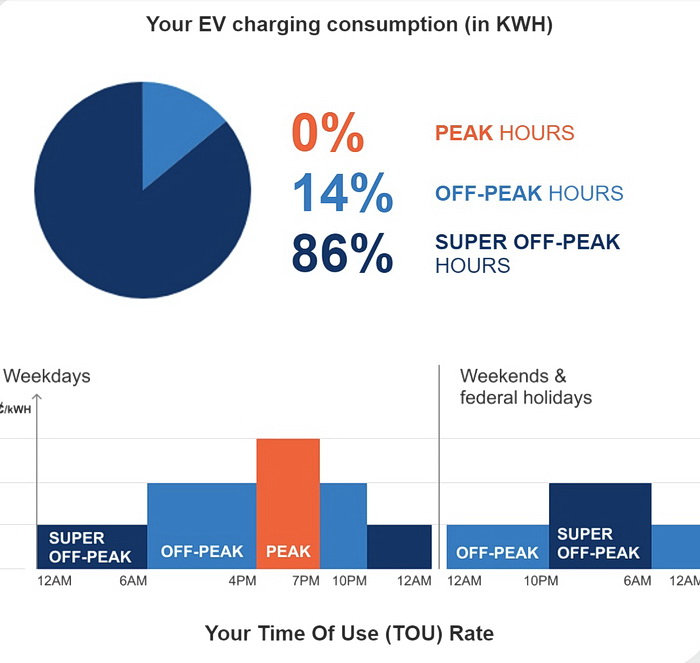
Take a look at the electric bill above from PSEG of Long Island (PSEGLI) above, which powers Nassau County and where the offices of Howard Fensterman are located.
Electrical power companies charge per kWh and we did some preliminary calculations starting with the delivery charges in the bill, and that doesn’t include the actual electrical costs after that.
Note: It can take up to four hours to charge an EV using a level 2 charger.

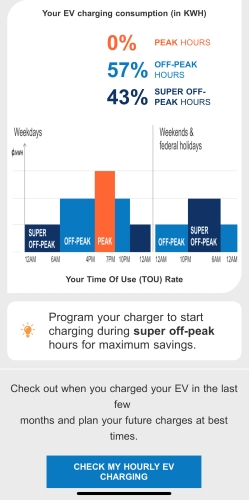
Conclusion
If you are looking to save money on gas, EV cars are the way to go. Yes, these vehicles are more expensive than conventional gas cars, but at $3,50 per gallon, you will be pleasantly surprised how much your savings can accumulate.
Finally, we leave you with this. Below is a copy of the estimated charges that accrued for the month of July 2022, from a 1,100-square-foot home that has an EV in its garage in Nassau County, NY. The family charges the car to its 80% capacity about three-four times per month. Notice that the cost in the Electronics category is only 10% of the total usage in the house. Something to think about!
